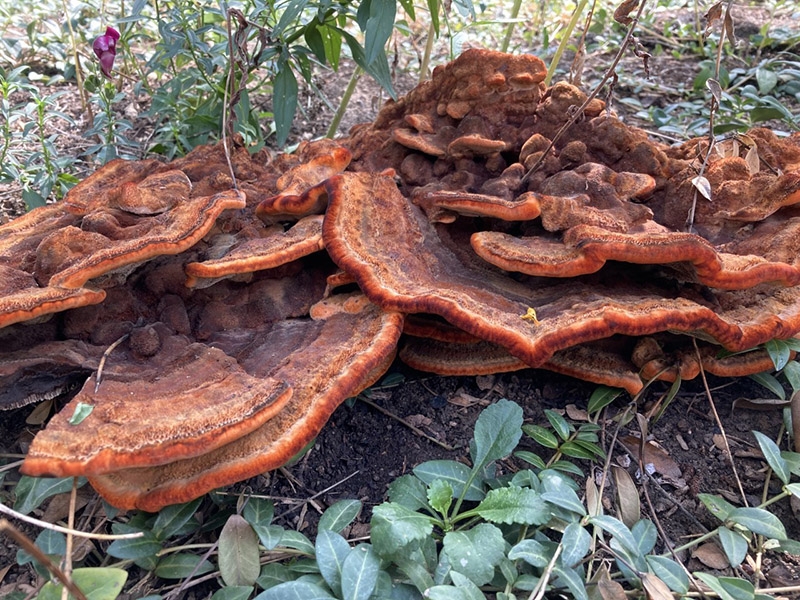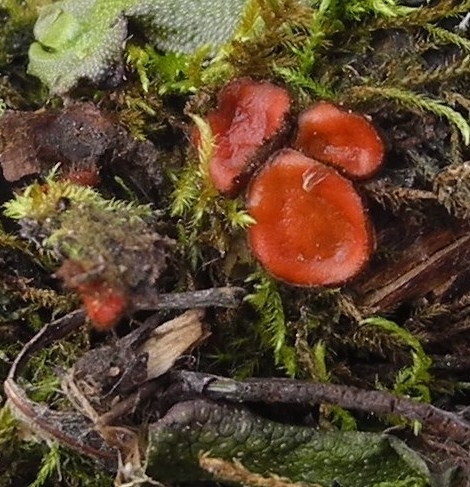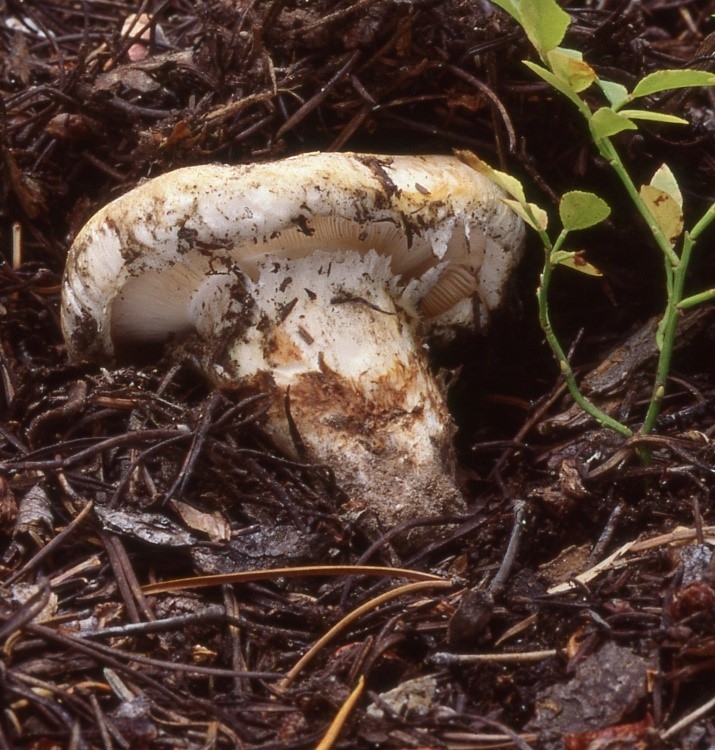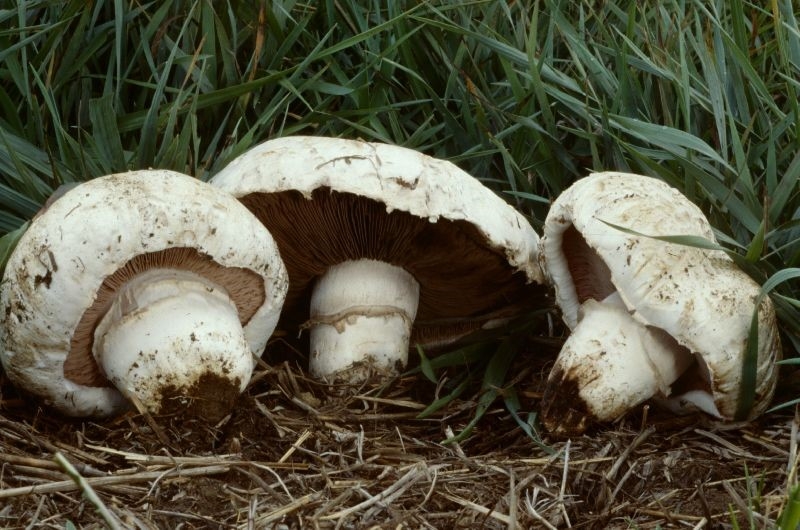Mycology, Then and Now
The amazingly diverse kingdom of Fungi has recently gained increased attention from the world of bioscience, nature lovers and citizen scientists. Because of brilliant new technologies developed in the last decades to differentiate, understand genetically and clarify the roles fungi play within the habitats in which they are found, we are becoming so much more aware of the absolutely essential role of fungi.
There is a mantra circulating among the citizen science world that helps us remember the importance of fungi:
No fungi? No plants.
No plants? No animals.
No animals? No us.
Yes, the entire planet as we know it is absolutely dependent upon fungi! Some fungi live in a mutually beneficial relationship with trees and other plants, sharing nutrients and protection. Forever adaptable, some fungi, on the other hand, are pathogens in our forests and other natural areas. Some are recyclers, breaking down woody debris, dead grasses and natural waste to be used as food for other organisms again and again.
And to think, a few decades ago, fungi were not even given their own kingdom – they were just included with plants. We have certainly learned a lot since then, most importantly that fungi are more closely related to us than they are to plants!
Around the same time that science began to differentiate fungi from plants, Dr. Sam Mitchel, a medical internist in Denver, became fascinated with the mushrooms that he and his family found in the mountains of Eagle County. Sam began a collection of mushrooms in order to understand what was growing in our natural regions. He eventually brought his pioneering fungal herbarium to Denver Botanic Gardens in the early 1960s. The rest is history! Today, we collect fungi throughout the seasons – recording, studying and preserving fungal specimens from the Rocky Mountain Region in the Sam Mitchel Herbarium of Fungi, now housed in the Freyer – Newman Center for Science, Art and Education.
Each mushroom collecting season is a different one, as anyone would attest watching the various kinds of weather, storms and spells of drought-like conditions we have experienced this year. Whatever the weather, we collect the fungal fruitings, generally known as mushrooms, in various habitats among their plant partners from high mountain areas down to the prairies in our beautiful diverse regions. Because of our dry season this year in Colorado, we found relatively few fungi, but in a few cases some unusual ones. A diverse sampling of those common or quite unusual fungi are pictured here. Each is currently being processed into the herbarium.
Gallery




Add new comment